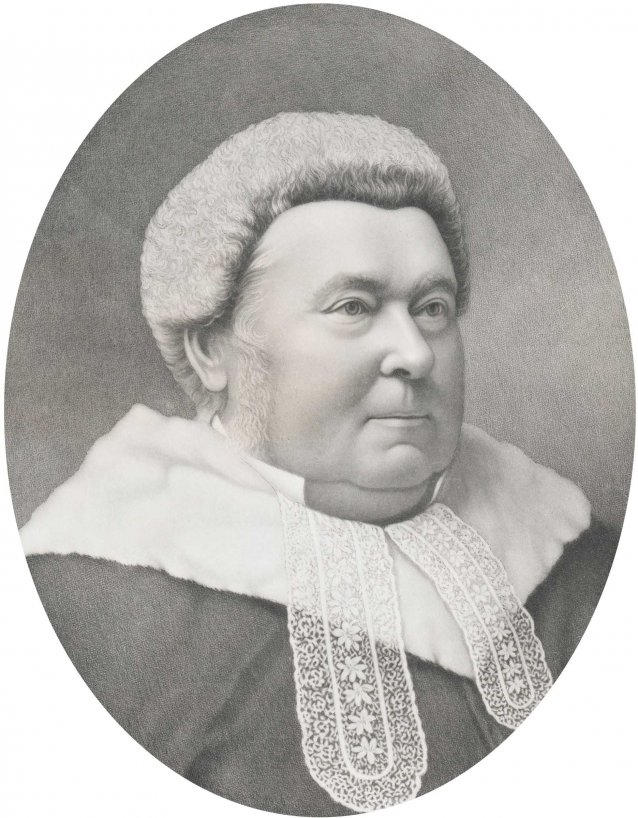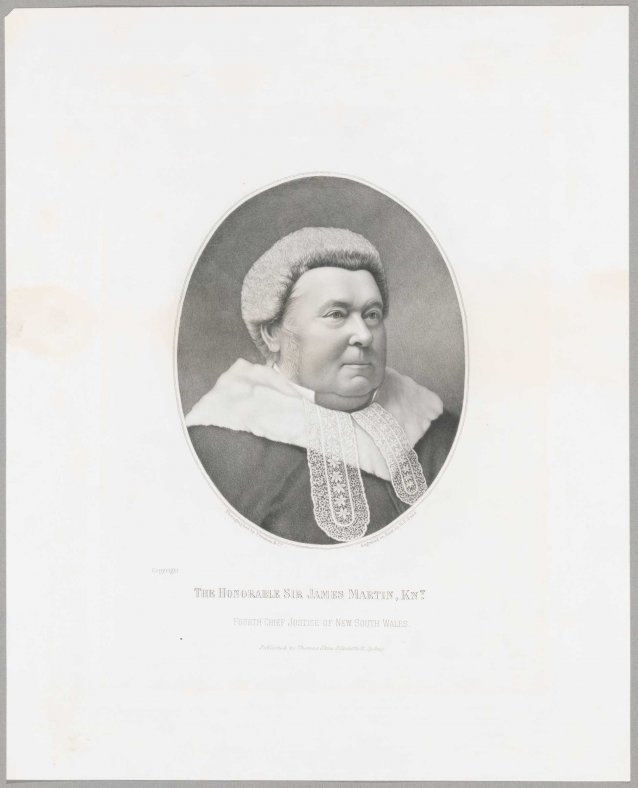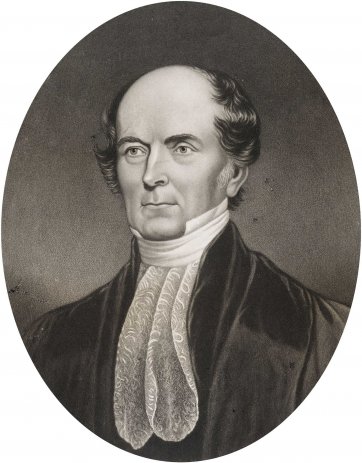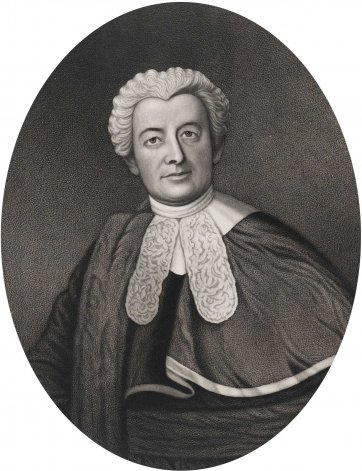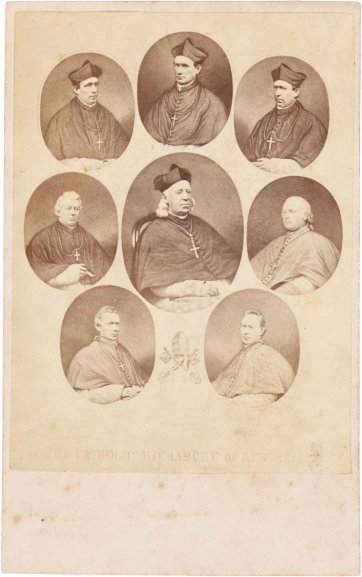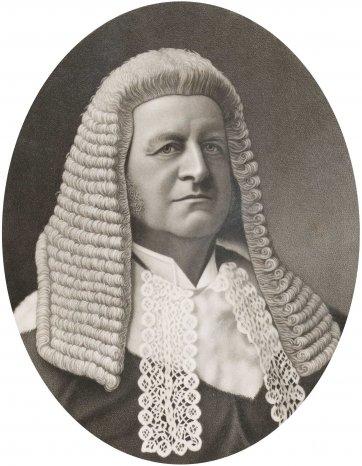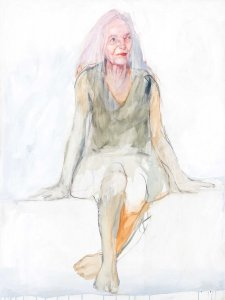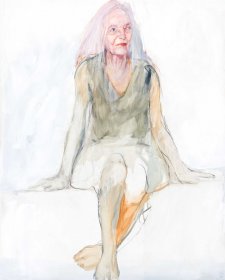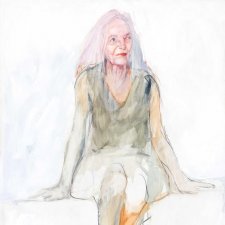Sir James Martin (1820-1886) was fourth Chief Justice of New South Wales. A brilliant student, he began working as a journalist with the Australian, promoting the interests of the native-born. He was admitted as a solicitor in 1845, the year he became manager and editor of Robert Lowe’s anti-Gipps paper the Atlas. At around this time, according to his biographer Bede Nairn, ‘his enemies diversified, repelled by his rare combination of lowly birth, pugnacity, colonial patriotism, ability and growing wealth’; a prominent Catholic chaplain held him up as a ‘living example of the effects of an education not based upon religion’. He won a seat on the Legislative Council in 1848, weathering objections that he lacked the necessary property qualifications. He became attorney-general in 1856 (again, a controversial appointment, as he had not at that stage been admitted to the Bar) and was made QC in 1857. Spending a fortune on renovating Clarens in Wylde Street, Potts Point, he was active in choral and educational matters and lobbied for the beautification of Hyde Park. In 1863 he became premier; it was to be the first of his three terms in the position (1863–1865, 1866–1868 and 1870–1872). Martin’s appointment as New South Wales’s fourth chief justice in 1873, according to Nairn, was ‘the greatest triumph of the native-born in the nineteenth century.’ After bearing fifteen children, his wife left him in 1882.
Collection: National Portrait Gallery
Purchased with funds provided by L Gordon Darling AC CMG 2009
The National Portrait Gallery respects the artistic and intellectual property rights of others. Works of art from the collection are reproduced as per the
Australian Copyright Act 1968 (Cth). The use of images of works from the collection may be restricted under the Act. Requests for a reproduction of a work of art can be made through a
Reproduction request. For further information please contact
NPG Copyright.
